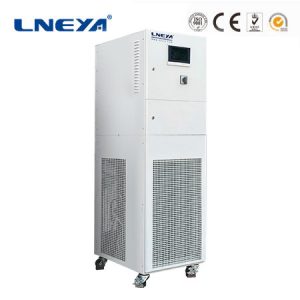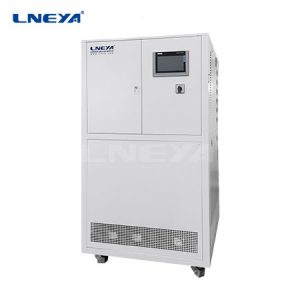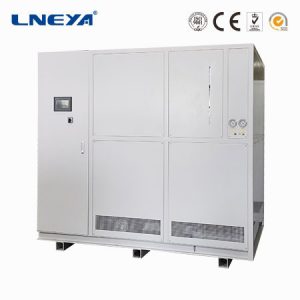¿Qué tipo de sistema de control de la temperatura se necesita para la preparación de frotis en la industria farmacéutica?
In the pharmaceutical industry, negative pressure drying and smear preparation have specific requirements for temperature control, and usually require precise and adjustable temperature control devices to ensure product quality and process stability. Negative pressure drying usually refers to the drying process carried out under conditions below atmospheric pressure. This drying method can accelerate the evaporation rate and is suitable for drying heat sensitive materials to reduce the risk of material damage caused by heat.
In negative pressure drying, the temperature control unit needs to have the following characteristics:
Accurate temperature control ability:
It can achieve precise adjustment and stable control of temperature, ensuring that the temperature during the drying process is maintained within the safe range allowed by the material, and avoiding product quality degradation or denaturation caused by high temperature.
Automation control:
Using PID (proportional integral derivative) controllers or other advanced automatic control systems, automatically adjust heating or cooling according to the set temperature curve to respond to real-time temperature changes.
Negative pressure adaptability:
Able to work stably in negative pressure environments, including corrosion-resistant materials and sealing design, to prevent external pollutants from entering and ensure stable pressure and temperature in the drying room.
Data recording and monitoring:
Integrated data recording function facilitates tracking and analysis of temperature changes during the drying process, meeting the recording requirements of GMP standards.

Smear preparation involves uniformly coating the sample on a glass slide and then drying it for microscopic observation or further analysis. During this process, the requirements for temperature control devices focus on:
Accurate temperature control ability:
It can achieve precise adjustment and stable control of temperature, ensuring that the temperature during the drying process is maintained within the safe range allowed by the material, and avoiding product quality degradation or denaturation caused by high temperature.
Mild drying:
It is necessary to provide a mild and uniform heat source to avoid deformation or damage to the sample due to rapid or localized overheating.
Temperature uniformity:
Ensure uniform temperature distribution throughout the entire drying area to avoid inconsistent sample drying that may affect subsequent analysis results.
Adjustable temperature range:
The temperature range suitable for coating drying is relatively narrow, and the temperature control device needs to be able to finely adjust within this range, usually from room temperature to moderate temperature (if not exceeding 60 ℃).
Easy to operate and maintain:
Considering that smear preparation may occur frequently in the laboratory, the equipment needs to be simple and easy to use, as well as easy to clean and maintain on a daily basis.
In summary, whether it is negative pressure drying or smear preparation, the pharmaceutical industry usually adopts temperature control devices with highly precise temperature control capabilities, automated control, good environmental adaptability, and user-friendly features, such as PID regulated electric constant temperature drying ovens, precision laboratory ovens, or customized temperature control systems, all of which can meet the strict requirements of the specific processes mentioned above.
Recomendaciones relacionadas
-
Temperature control system for reaction kettle
787The reaction kettle temperature control system is an automated equipment used to precisely control the temperature of materials inside the reaction kettle, widely used in fields such as chemical, pharmaceutical, biochemical, and material sci...
Ver detalles -
SUNDI -10℃~150℃
2510Sistema completamente cerrado, un solo medio completa la refrigeración y la calefacción -120~350℃ ±0.5℃ AC 380V 50HZ 8kW max Tecnología de enfriamiento de ultra alta temperatura puede enfriar directamente de...
Ver detalles -
SUNDI -90℃~250℃
2413● Temperaturas de trabajo de -120°C a +350°C ● Rendimiento hasta ahora inalcanzable ● Control inteligente de la temperatura ● Máxima estabilidad y reproducibilidad del proceso ● Intercambiador de calor de placas Adop, calentamiento por tuberías, el he...
Ver detalles -
WTD-Zona de temperatura dual
1677Está especialmente diseñado y desarrollado para las características de pequeña capacidad de retención de líquido, fuerte capacidad de intercambio de calor y gran caída de presión en el sistema de circulación del reactor de microcanal.
Ver detalles
 LNEYA Enfriadoras industriales Fabricante Proveedor
LNEYA Enfriadoras industriales Fabricante Proveedor














